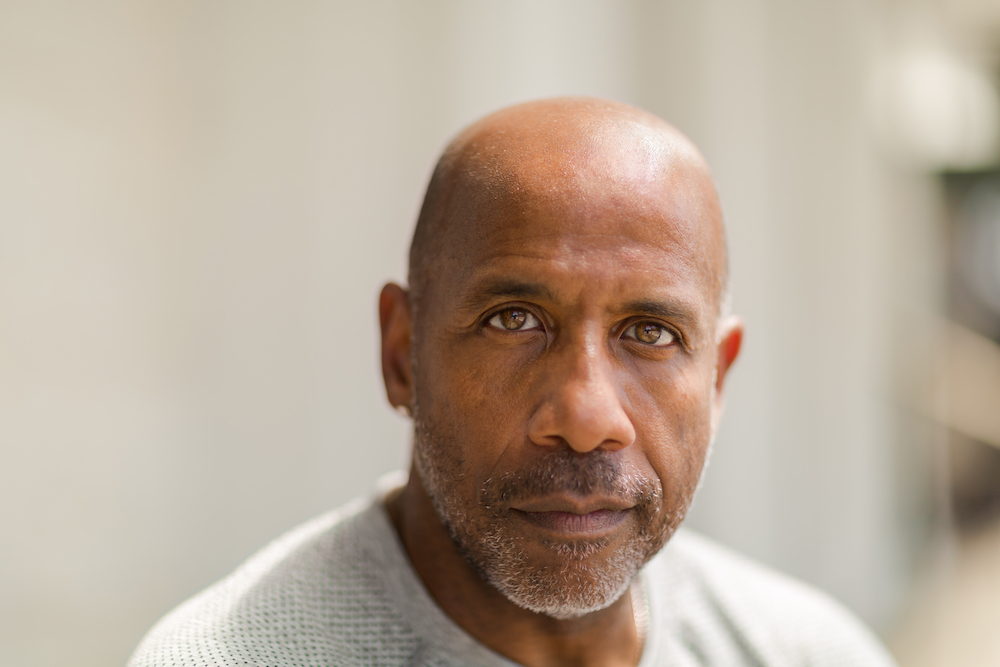
Diabetes profoundly attacks many other parts of the body, including the eyes. It increases your risks of getting conditions like macular edema, glaucoma, and cataracts. The major concern, and the reason diabetic patients need to go for regular eye exams, is retinopathy.
Diabetic Eye Exam
These are eye exams for people with diabetes. They are annual and help the doctor detect damage to tiny blood vessels all over the body. They do this by looking at the blood vessels in the eyes.
How Are They Different From Regular Eye Exams?
Regular eye exams and diabetic eye exams are similar. However, during diabetic eye exams, the doctor focuses on the health and integrity of the blood vessels in your eyes as well as the retina. They will also perform some tests and procedures that are not necessary during regular exams.
Pupil Dilation
Pupil dilation is common during every diabetic eye exam. It allows the doctor to have a clear view of the inner structures of the eye. They will check the optic nerve, blood vessels, and retina.
The doctor dilates your pupils using special eye drops that they place on your lower eyelids. The eye drops will take about 30 minutes to kick in. When they do, they will temporarily cause blurry vision and light sensitivity. The side effects normally last for a few hours before they subside.
Fluorescein Angiography
Sometimes, the doctor may recommend that you have additional tests after a retinal exam. Fluorescein angiography is one of those tests that allow for further examination of your eyes. It allows the doctor to detect the damages to blood vessels in your eyes. They can tell where the damage is and on which blood vessels.
During fluorescein angiography, the doctor injects a special dye into your arm. It travels through your bloodstream to your eyes. In the eyes, it highlights the extent of the damage to the blood vessels. A special camera then takes images to allow the doctor to evaluate and identify the extent of the damage.
Optical Coherence Tomography (OCT)
OCT is another test that the doctor may recommend after a retinal exam. It allows further examination of your eyes by providing images of your retinal cross-sections. It provides a clearer view of the fine details. It also allows the detection of any thickening or thinning blood vessels. These blood vessels may indicate leaking of fluid.
Glaucoma Test
Early detection of glaucoma will prevent the silent thief of sight from creeping in without detection. The reference to the silent thief of sight is because glaucoma does not show any symptoms—not until the very last point when permanent loss of vision sets in.
Therefore, it is important to measure the intraocular pressure of your eyes regularly. If you note that your intraocular pressure is high, it may indicate the presence of glaucoma.
The Vision Test
An important part of the diabetic eye exam is measuring the clarity of your vision for distant images. The doctor will ask you to read small and large letters on an eye chart set at a distance. They test each eye separately to detect the specific problem in each eye.
Make sure that you keep up with your regular diabetic eye exam. It will improve the quality of your health and life.
For more on the importance of diabetic eye exams, contact Enochs Eye Care, Clarity Vision Of Suffolk, in Suffolk, Virginia at (757) 638-2015 to book an appointment today.
















